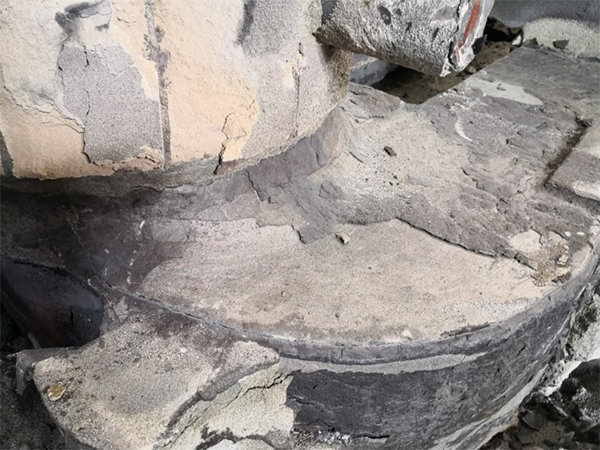The Increasing Demand and Price Trends of Casting Sand
Casting sand, predominantly used in metallurgy for molds, has become increasingly essential in various manufacturing processes. As industries evolve, so too does the demand for high-quality casting sand, which has led to notable price fluctuations in recent years. Understanding the factors that affect the price of casting sand is crucial for manufacturers and suppliers alike.
At the core of the casting sand market is foundry sand, primarily silica sand, which possesses the ideal characteristics for mold-making, including grain size, strength, and permeability. The growing automotive and aerospace industries drive significant demand for these materials, as they require precise casting processes for engine blocks, transmission cases, and other critical components. This has led to an ongoing increase in production, putting pressure on sand supplies.
One key factor influencing casting sand prices is the fluctuation in raw material availability. As natural resources become scarcer, the costs to extract and process these materials rise. Moreover, regional environmental regulations can limit accessible sand sources, further constraining supply. This limited availability often results in increased prices, compelling manufacturers to either absorb these costs or pass them on to consumers.
casting sand price

Another dimension contributing to the pricing dynamic is the global economic environment. Economic downturns can reduce manufacturing output, leading to decreased demand for casting sand and, consequently, lower prices. Conversely, in times of economic growth, as seen in recent years, manufacturing businesses tend to expand, resulting in heightened demand and subsequently increased prices.
Technological advancements also play a crucial role in determining casting sand pricing. Innovations in sand recycling processes, for instance, can help reduce costs by minimizing the amount of new sand needed for production. However, the initial investment in such technologies can be significant, which may cause short-term price increases until the return on investment is realized.
Additionally, the shipping and transportation sector significantly influences casting sand prices, particularly as global supply chains become increasingly interconnected. Fluctuations in fuel prices and logistical challenges can rise costs, impacting the final price paid by consumers.
In conclusion, the price of casting sand is influenced by a multitude of factors, including raw material availability, economic trends, technological advancements, and transportation costs. As industries continue to innovate and demand for casting methods increases, keeping track of these trends will be essential for businesses that rely on casting sand to remain competitive. Adapting to these changes will allow manufacturers to effectively navigate the complexities of the market and ensure they secure the necessary materials at sustainable prices.
Post time:Hyd . 10, 2024 08:01
Next:cast iron sanding
